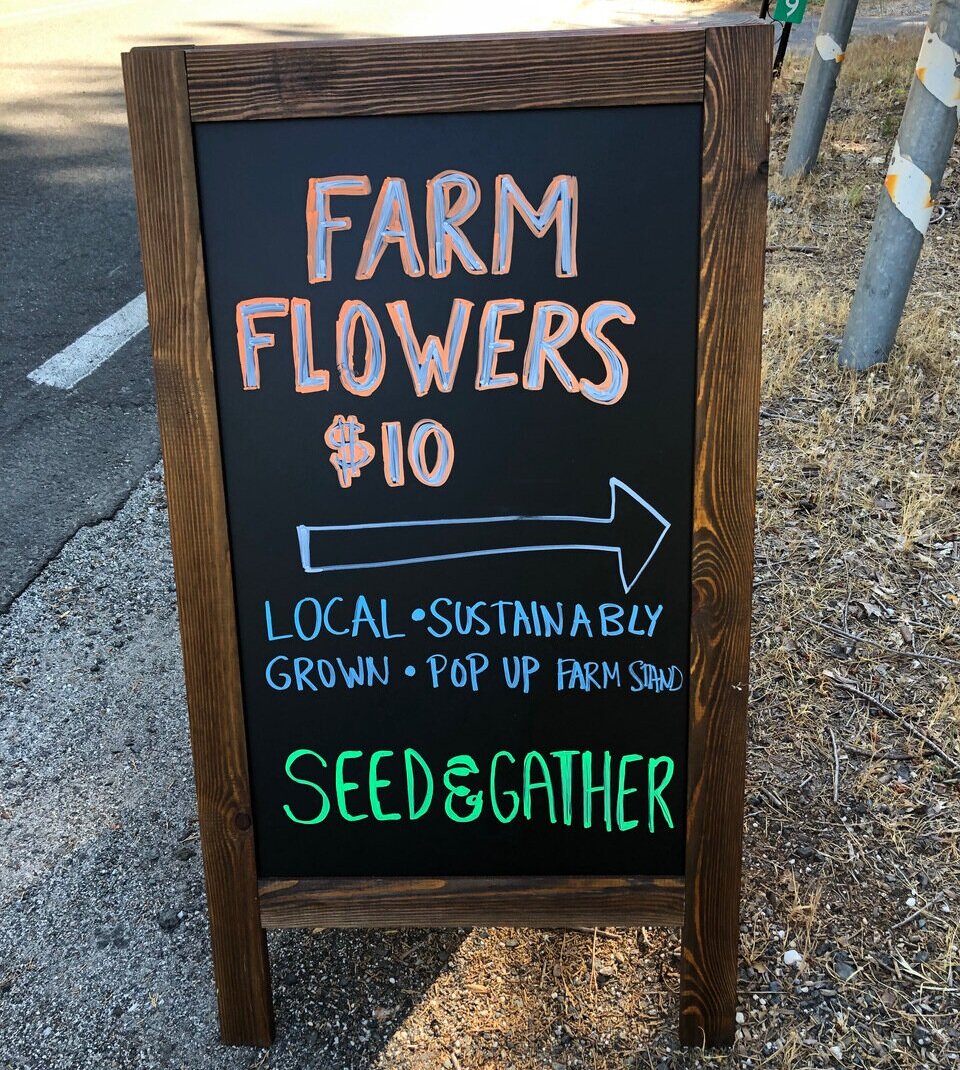Gardening Challenges in the Sierra Foothills
Passionate Kisses heirloom rose bush before the deer discovered it.
After leaving Boomerang Creek and its established gardens with a deep history, I am starting from scratch all over again. I have come from flat Midwest farmland to a land of tall ponderosa pines, Douglas firs and incense cedars. Its compact red clay soil reminds me of Oklahoma. Beneath tall pines interspersed with manzanita shrubs, exposed soil bakes in the intense heat of summer in this world in need of rain—a world where the word “fire” is on the minds of all who have chosen to make the Sierra Foothills home.
And still, I arrived determined to create a garden filled with plants I couldn’t transport halfway across the country. Only in memory and in my heart. But upon our arrival, faucet heads had to be replaced and a black network of drip irrigation lines traced back to underground sources long abandoned and in need of repair. An old brick flowerbed and nearby light post leaned from neglect—tired of being untended and unloved. One push of the foot finally sent the bricks and mortar over a bank where roots of rhododendron, azalea and Camilla bushes hang on, but just barely.
In its place, a redwood garden box was constructed and filled with dark “Rare Earth” brand soil enriched with chicken manure. After trips to local garden shops, perennials and herbs were hauled home and the garden began to take shape. But with its arrival on the landscape come gardening challenges I knew were inevitable.
There are black bears and deer in this conifer-forested region. Diminutive, extremely vocal chipmunk-sized Douglas squirrels race across a zipline network of branches atop the tall pines. At ground level, large bushy-tailed Western gray squirrels investigate bird feeders and forage on the ground below. Already, there are telltale signs that the local deer and squirrels approve of my garden and intend to make it theirs as well.
While the flowerbed was under construction, two beautiful rose bushes—an “Absolutely Fabulous” (the British name) golden butter floribunda rose named after the chef Julia Child, and a fragrant salmon heirloom rose named “Passionate Kisses”—bloomed away in black plastic pots set inside two green-glazed Chinese urns. Not once were they bothered by deer. Once transplanted into the new raised garden, their blossoms were soon a feast to be nibbled in the night. Coral bells, dill, and other non-deer-resistant plants were also discovered and devoured. What the deer do not ever bother, however, are lavender and rosemary—two plants I love and have now planted throughout the garden.
Lavender “fronds” and rosemary tied to denuded rose bush.
Our son Hayden suggested that I search online for tiger urine. Seriously? But indeed, I found all manner of predator urine available—wolf, fox, coyote, either spray or granules. I immediately ordered coyote granules, sprinkled them along the outer back side of the new garden bed behind the roses. Initially the experiment seemed to work. Alas, I failed to reapply the granules as often as directed, and in broad daylight one afternoon four new blossoms on the Passionate Rose bush disappeared while we were out running errands. My Plan Two was to tie wands and rosemary sprigs onto the rose bush branches with colorful ribbon and spray them with lavender oil. While I await the return of rose blossoms, our faux lavender “roses” have fooled the deer and a few neighbors as well.
What I immediately noticed when we first arrived was the absence of irises on the property. After living and gardening in Missouri for three decades, I’d acquired and shared a rainbow of iris varieties from local garden club sales. While buying plants at Weiss Bros Nursery in nearby Grass Valley several weeks ago, I noticed a banner announcing a two-day annual sale of iris rhizomes by the Sierra Foothills Iris Society in their parking lot.
The first day of the sale, I arrived early and with a mission. I now have two bags of orange, golden, purple, red, pale blue, and pink Iris rhizomes and 6-cubic feet of soil conditioner ready and waiting for my attention. In addition, I bought four more Provence lavender plants with tall wands that will hopefully dissuade the deer from denuding my rose bushes. Time will tell.
“Seed and Gather” farm stand Zinnias.
One of the joys of the quiet crescent of road we live on is our wonderful local neighbors. Carol has introduced me to walking trails in our local woods where dogwoods, thistle berry, ferns, blackberries, thistle, and miniature wild rose plants that thrive in the shady understory. Sharon brought me a lavender wand she’d woven with pink satin ribbon as a gift. Kali works for a local flower farm called “Seed and Gather.” On weekends, she sets up a roadside flower stand in front of the home she shares with her farmer husband Jake and their adorable 11-month old daughter Mabel. Early Saturday mornings when Kit and I finish our walk, we return with a splendiferous bouquet of long-stemmed, Crayola-colored zinnias and cress fronds.
Lavender wand.
Throughout the week, there is a fresh vase of zinnias in the living room. New leaves are sprouting on the rose bushes. Soon iris rhizomes shared by members of the Sierra Foothills Iris Society will begin settling into their newly conditioned garden near the potting shed. And along out setback driveway, a two-year old fig tree given to us and planted by our friend John who constructed the redwood flower box is now taking root on an open sunny bank. As July races toward August, my gardening challenges appear to be under control, at least for now.




